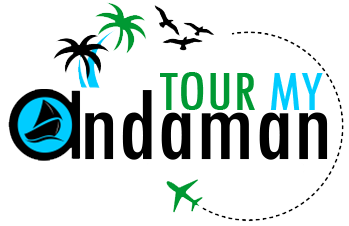
Do's
• Find out about safe swimming /diving area from the tourist information centre, local tour operators and forest Department staff. Do not swim in protected areas to avoid dangerous animals.
• Look for the safety boards. They help you to identify potential dangers.
• Ask a lifeguard on duty for advice on swimming conditions like local currents, tides, visibility and the presence of dangerous marine creatures etc. swimming conditions can change quickly, so seek prior advice from a lifeguard before entering the water in an unpatrolled area.
• Get a friend to swim with you so that you can look out for each other’s safety and get help, if needed .Children should always be supervised by an adult. Avoid swimming in the dark.
• Raise your hand for help if get into trouble in the water .Stay calm and wave your arm for help.
• All visitors please confirmed the air tickets and accommodation in advance.
• All Foreign nationals should obtain the required permit from the Immigration Authorities.
• Please carry legal documents for identity.
• Keep the beaches and the environment clean.
• Please follow the rules & policy while passing through Tribal areas.
• Please drink sufficient water to avoid dehydration.
• Visit only the permitted areas in the island.
Don'ts
• Do not dangle your arms or legs in the water during boat rides.
• Do not swim under the influence of drugs or alcohol.
• Shiny jewellery or bright coloured clothes resemble fins of small fishes and may attract predatory fishes. Avoid such accessory or clothing while swimming
• If you have an open wound, please avoid swimming. Many predatory fish are attracted to blood odour.
• Avoid diving or swimming amongst school of fish. This may attract predatory fishes.
• Avoid night swimming or diving.
• Do not take video, film or photographs inside Tribal Reserve areas.
• Do not carry sea fans and seashells unless specific permits.


